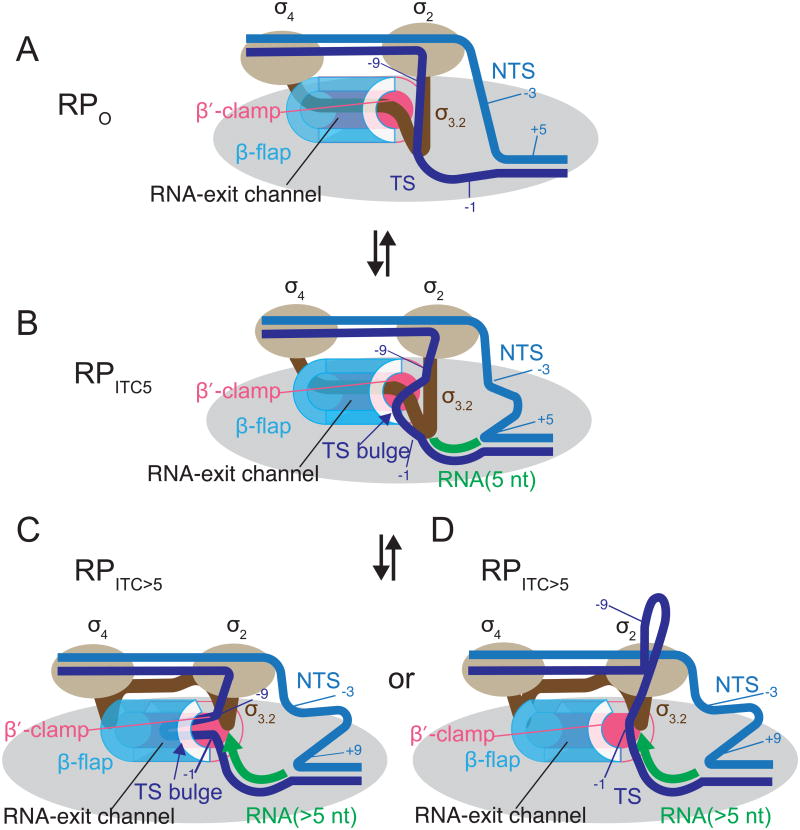Figure 7. Models for σ3.2 Displacement During Initial transcription.
Core RNAP (gray), σ regions 2 and 4 (tan), σ3.2 (brown), non-template DNA strand (light blue), template DNA strand (dark blue), RNA (green). The RNA exit channel is depicted as a tube composed of the β flap (cyan) and the β′ clamp (pink). (A) RPO. σ3.2 approaches the active site and is then threaded through the RNA exit channel. (B) The template strand impingement model for RPITC5. The 5′ end of the 5-mer RNA comes close to σ3.2. The template strand bulge approaches the entrance to the RNA exit channel and disrupts β flap-β′ clamp-σ3.2 interactions. (C) The template strand impingement model for longer initial transcripts (RPITC>5). The template strand (TS) bulge continues into the RNA exit channel as the bulge is pushed upstream by the growing RNA-DNA hybrid resulting in further disruption of β flap-β′ clamp-σ3.2 interactions. This impingement, along with growth of the RNA chain (green), could help displace σ3.2 from the RNA exit channel. (D) Template strand extrusion model for RPITC>5. As the RNA-DNA hybrid lengthens, the TS bulge is extruded out of the TS tunnel into bulk solvent, and the growing RNA chain (green arrow) continues σ3.2 displacement from the RNA exit channel (see Discussion). In C and D we do not mean to imply that σ is lost from the complex upon formation of a 5-mer, only that σ3.2 is displaced during promoter escape.

